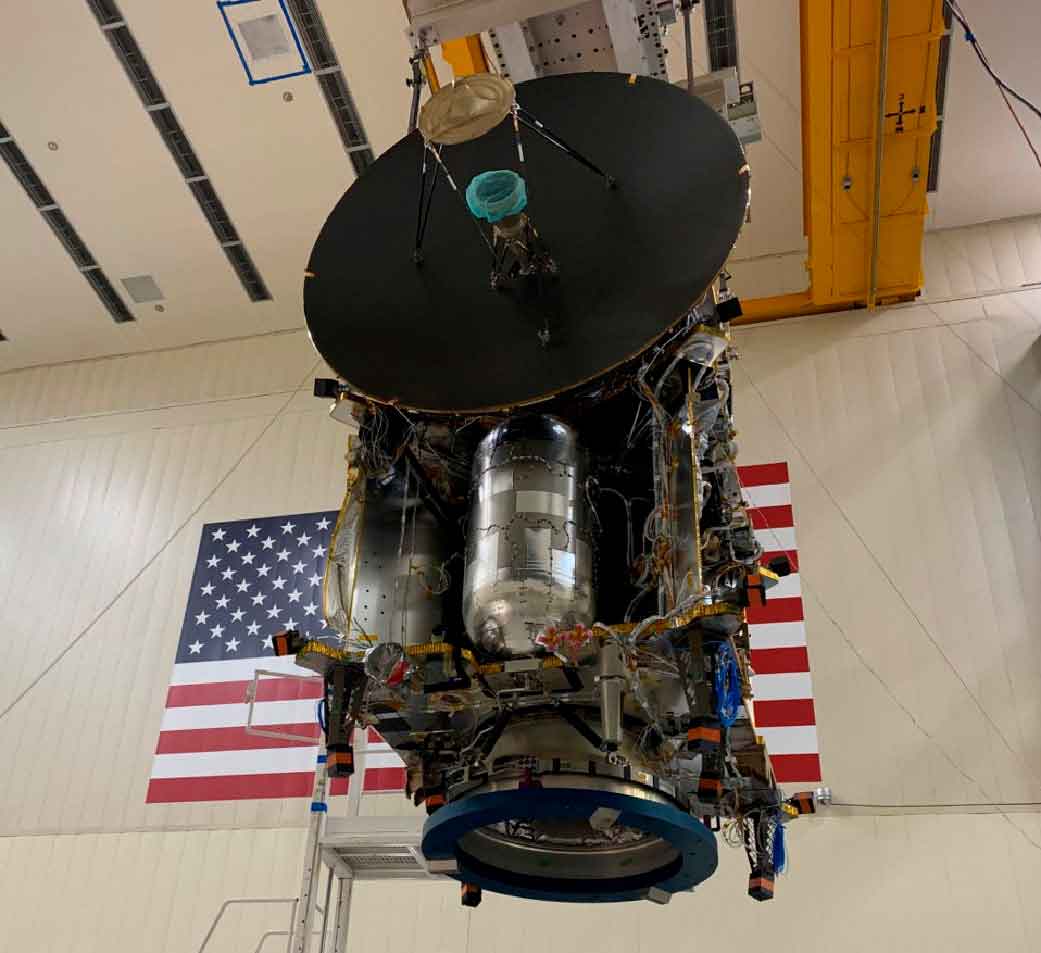
Already it’s only a few hours until DART leaves Earth’s surface and start a journey with an end on which, in the long term, our future may depend. This is how interesting this test is that this module has been produced by NASA and will be put into space by SpaceX, but that it travels accompanied by the LICIACube (Light Italian Cubesat for Imaging of Asteroid, from the Italian Space Agency and to which later will join ESA’s Hera spacecraft, designed to conduct a detailed assessment of the consequences of DART action.
If you do not know the purpose of DART, it will surely catch your attention, and that is that its name is the acronym for Double Asteroid Redirection Test. His objective is none other than that of collide with an asteroid, in a suicide mission, the objective of which is to check whether, with this impact, is capable of causing a deviation in the original trajectory. A tiny deviation, but one that can have a more than considerable effect.
DART intends, with this test, to check if this system it would be suitable to divert the path of an asteroid that is on a collision course with our planet, with the risk of causing great desolation at the regional level. And why could a small deviation be enough? Because this should be applied when the asteroid is still at a great distance from our planet, so that minimal modification would change its route, eliminating the risk of collision.
The goal of DART is the asteroid Dimorphos, whose diameter is 160 meters, which orbits a second larger body called Didymos (with a diameter of 780 meters). DART will navigate autonomously to the asteroid, and at the moment of collision it will be traveling at a speed of six kilometers per second, 21,600 kilometers per hour.
Shortly before the collision, DART will deploy the Italian satellite, equipped with cameras, and which will take and transmit images of the effects of the impact on the surface of Dimorphos. In addition, it will also be possible to perceive variations in the brightness of the system made up of the two asteroids from Earth, variations that will help to calculate the deviation caused.
However, it will be with the arrival of Hera, the ship of the European Space Agency, when a detailed study of the effect of the impact of DART on Dimorphos can be carried out. The European spacecraft will carry out high-resolution radio, laser and visual scientific mapping of the asteroid, in order to create detailed maps of its surface and interior structure.
It is important to clarify that, short and medium term, there is no asteroid that endangers our planet, neither partially nor in its entirety. However, there is no doubt that this is one of the risks our planet faces if we look to the long term. Therefore, all the advances related to finding a solution to it are undoubtedly a sensational advance.
And how to watch the DART launch? At seven thirty in the morning, Spanish peninsular time, the engines of SpaceX’s Falcon 9 will roar and, seconds later, we can see how the spacecraft begins to rise. So that anyone interested can enjoy the event, NASA will start a transmission from 6.30 in the morning through YouTube, in which in addition to watching the launch, you will be able to listen to a lot of interesting information about the mission.




